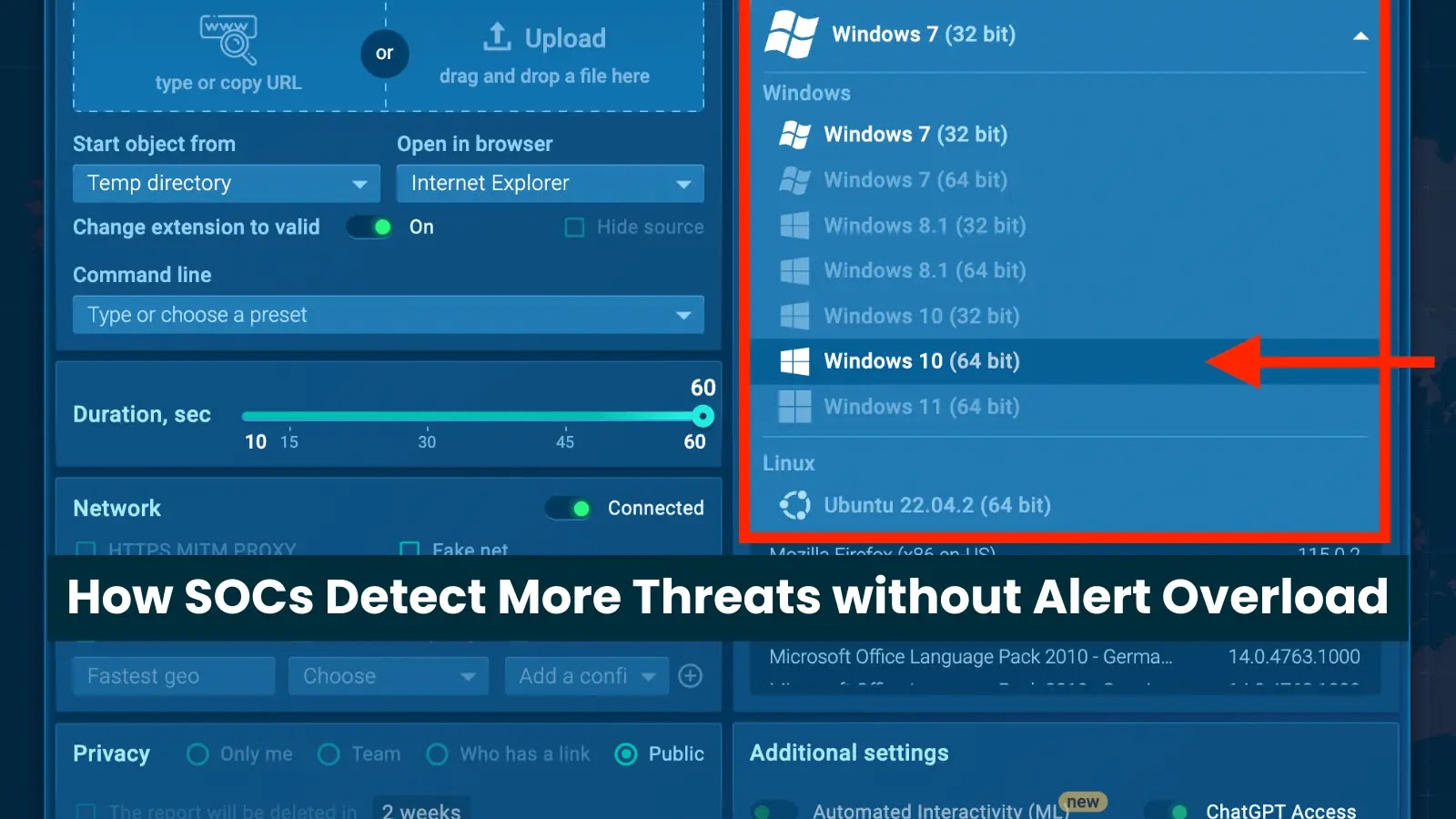In the dynamic realm of cybersecurity, Security Operations Centers (SOCs) are inundated with a deluge of alerts daily. This constant influx, often comprising numerous false positives, can lead to analyst fatigue, overlooked genuine threats, and diminished operational efficiency. To navigate this challenge, it’s imperative for SOCs to adopt a strategic approach that emphasizes quality over quantity in threat intelligence.
Understanding Alert Overload
The prevailing misconception that an abundance of data equates to enhanced security is misleading. An overwhelming number of alerts, especially those lacking context or relevance, can paralyze SOC operations. This saturation results in:
– Analyst Fatigue: Continuous exposure to irrelevant alerts can desensitize analysts, leading to potential oversight of critical threats.
– Resource Drain: Excessive time and effort are expended on investigating false positives, diverting attention from genuine incidents.
– Operational Bottlenecks: The sheer volume of alerts can slow down response times, increasing the Mean Time to Respond (MTTR) and leaving organizations vulnerable.
To mitigate these challenges, SOCs must prioritize the integration of refined threat intelligence sources that offer actionable insights without the accompanying noise.
Criteria for Effective Threat Intelligence Sources
Selecting the right threat intelligence feeds is pivotal. Optimal sources should be:
1. Noise-Free: Quality trumps quantity. Feeds that filter out irrelevant data reduce false positives, allowing analysts to focus on genuine threats.
2. Trustworthy: Reliable feeds derive indicators directly from primary malicious configurations, ensuring the information is current and pertinent.
3. Contextualized: Beyond mere data points, effective feeds provide context, elucidating the nature, origin, and potential impact of threats, thereby streamlining the triage process.
4. Timely: In the fast-paced cyber landscape, delayed information is of little value. Real-time updates are essential to stay ahead of emerging threats.
Leveraging ANY.RUN’s Threat Intelligence Feeds
A standout in the realm of refined threat intelligence is ANY.RUN’s Threat Intelligence Feeds. These feeds are bolstered by a global consortium of over 15,000 SOC teams and 500,000 malware analysts. This extensive network continuously supplies live attack data, which is meticulously filtered and disseminated to users. Each indicator is underpinned by actual threat investigations, ensuring both confidence and real-world applicability.
Key Benefits of ANY.RUN’s TI Feeds:
– Reduced Workload: By enriching systems like SIEM, EDR, and XDR, these feeds streamline workflows, leading to a 20% reduction in Tier 1 analysts’ caseloads.
– Expanded Coverage: With 99% of Indicators of Compromise (IOCs) being unique and not found elsewhere, organizations can significantly broaden their monitoring scope.
– Continuous Updates: The real-time nature of these feeds ensures that outdated indicators don’t lead to missed threats or false alerts.
– Actionable Insights: High-confidence intelligence, enriched with context, aids in the classification and prioritization of alerts, facilitating targeted responses.
Conclusion
In the ever-evolving cybersecurity landscape, the efficacy of a SOC is not measured by the volume of alerts processed but by the precision and speed of threat detection and response. By integrating validated, real-time threat intelligence feeds like those offered by ANY.RUN, SOCs can enhance their detection capabilities, reduce analyst fatigue, and bolster overall operational efficiency.



